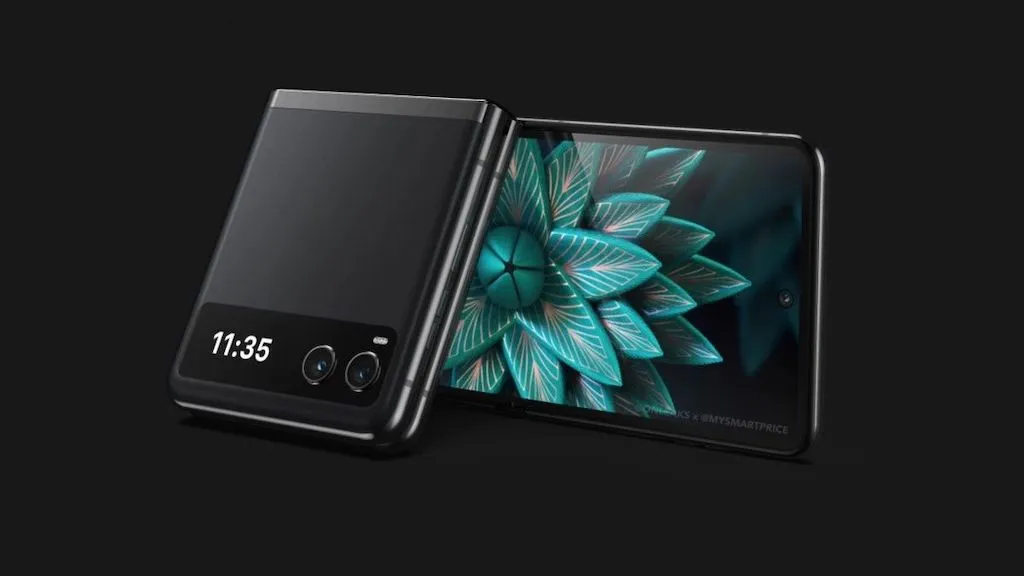In a significant leap toward the “wallet-free” future, Apple has announced that U.S. passport holders will soon be able to add their passport as a digital ID inside the Apple Wallet app. The new feature—announced recently—will enable eligible users to upload their passport credentials and present them at select domestic checkpoints, creating a more seamless identity experience. While it won’t entirely replace the physical passport (especially for international travel), it’s a bold step forward for digital identity and mobile verification.
In this article, we’ll unpack what the feature is, how it works, where it can be used, its limitations, and why it matters for both travelers and digital ID security.
What Exactly Is the Digital Passport Feature?
The upcoming functionality allows U.S. passport holders to create a digital version of their passport inside Apple Wallet. Essentially, you’ll scan your physical passport, complete biometric verification (such as a selfie or face scan), then receive a cryptographically secured credential stored on your iPhone (and possibly Apple Watch) that represents your identity.
When you need to present ID—such as at an airport checkpoint—the digital credential can be used in supported scenarios instead of presenting the physical booklet. Apple sees this as an extension of its earlier digital driver’s licenses and state ID cards that the Wallet app already supports in some U.S. states.
How It Works – Step by Step
-
Initiate Enrollment: In Apple Wallet, select the option to add a digital passport.
-
Scan Passport: Use your iPhone’s camera to scan your passport’s data page and the embedded security chip (if required).
-
Identity Verification: You’ll likely complete a face-matching step (selfie or live capture) and possibly a liveness check to confirm you're the passport holder.
-
Credential Issuance: Apple issues a secure digital credential — a cryptographic certificate stored securely on your device, tied to your identity and passport.
-
Use at Checkpoints: At select U.S. domestic checkpoints (e.g., airports, TSA), you can tap your iPhone, authenticate via Face ID or Touch ID, and present your digital ID instead of your physical passport.
-
Backup / Alternative: You still keep your physical passport. The digital credential is not yet valid for international travel or border crossings.
Where and When It Will Be Supported
-
The feature is slated to roll out in late 2025, coinciding with the release of iOS 26.
-
Initially, use will be limited to domestic travel checkpoints—for example, TSA checkpoints at U.S. airports. International border crossing acceptance will come later or may require additional government agreements.
-
Apple already supports digital driver’s licenses and state-IDs in several U.S. states and territories; the passport feature extends that ecosystem.
Why This Feature Matters
Convenience
For frequent domestic flyers, having your passport in your phone means one less document in your wallet or bag. It enables faster check-in, smoother identity verification and fewer paper documents to keep track of.
Digital ID Momentum
As more identity and credentials shift into digital form, Apple’s move reinforces the trend of storing official identity inside mobile wallets—promoting secure, private, verified identity on one device.
Enhanced Security
Digital credentials can offer stronger protections than paper — encrypted storage, biometric unlock, revocation capabilities and improved fraud detection.
Competitive Edge
Apple is positioning Wallet not just as a payment or ticket app, but as the heart of digital identity. This rollout may push other platforms (including Android, Google Wallet) and governments to accelerate their digital-ID and passport plans.
What You Need to Know (Limitations & Risks)
While exciting, the digital passport feature carries important caveats:
Not a Full Replacement
The digital passport cannot yet replace the physical passport for international travel or customs/immigration checkpoints. You’ll still need the physical document when leaving the U.S.
Device and Eligibility Constraints
-
You’ll need a compatible iPhone (and possibly Apple Watch) and the latest iOS version.
-
Some states or airports may not support the credential immediately.
-
Government acceptance may vary by jurisdiction and agency.
Privacy & Data Concerns
-
While Apple emphasises privacy, storing critical identity credentials on a device increases stakes if your device is lost, stolen or compromised.
-
The verification step often involves scanning personal biometric data (face, …) and linking to your passport — raising questions about how that data is handled, stored, and shared.
Dependency on Technology
-
What happens if your iPhone battery dies, your device is damaged or there’s no connectivity? You’ll still need the physical passport as backup.
-
Using digital ID depends on supported checkpoints; if the airport/agency doesn’t accept it, you may face delays or refusal.
Standardisation & Government Adoption
For truly universal acceptance (especially international travel), digital passports need global standards, inter-government trust and interoperability. That may take years.

Impact on Travel, Identity & Wallets
Travel Experience
Once fully deployed, U.S. domestic travelers may breeze through identity checkpoints using just their iPhones. TSA screening lines could be faster, and travel wallets less cluttered. Airlines and airports may integrate the digital credential into boarding, lounge access and transit services.
Digital Identity Ecosystem
With digital passports integrated into Wallet, more identity services may be added: age verification, rental services, car rental, government services, and online account onboarding — reducing dependency on paper IDs or manual verification.
Merged Credentials
Your Apple Wallet may evolve into a central identity hub: payment cards, boarding passes, loyalty cards, driver’s license, state ID, and now passport. This consolidation alters how we think about “carrying credentials.”
Security & Fraud Prevention
Strong biometric verification, encryption and device-bound credentials reduce skimming, forgery or loss risk. Governments may also integrate digital IDs into their identity-verification pipelines, reducing fraud.
What Should Users Do Now?
-
Keep your physical passport safe — It remains mandatory for travel and will act as your fallback.
-
Prepare your device — Ensure your iPhone is updated, Face ID/Touch ID set up, and Wallet ready.
-
Monitor support — Check whether your state or airport accepts digital IDs and stay informed about rollout timelines.
-
Evaluate your comfort level — If you’re cautious about digital identity, weigh whether you want to adopt early or wait.
-
Backup strategy — Consider alternate identity methods if your device fails, or ensure you still carry your paper ID when traveling.
Future Outlook & What to Watch
-
Watch for announcements about which airports, which states, and which agencies will support the feature.
-
Look for Apple’s next iteration: potentially expanding to international travel, other countries’ passports, or full immigration utility.
-
Regulatory developments: how governments regulate mobile ID, biometric data, privacy, and cross-border credentialing.
-
Competing platforms: how Android/Google, Samsung and other ecosystems respond — this may trigger wider adoption of digital passport standards.
-
Broader consumer acceptance: Will users trust digital IDs? Will adoption hinge on convenience, security, or both?
Apple’s forthcoming feature — enabling U.S. passports to live inside Apple Wallet — marks a major milestone in digital identity, mobile credentials and travel convenience. While it delivers clear benefits in convenience and security, it also demands caution. Physical passports still matter. Device dependency, regulatory readiness and privacy trade-offs remain real.
For users, the message is clear: this is the future of identity — but the transition period will require both optimism and prudence. Keep your hard-copy passport handy, update your devices, stay informed about rollout locations—and think of this as your first step toward a truly digital wallet.
One day the question might be, “Do I need to carry my passport at all?” But for now, the answer is: not yet. Just be ready when the world is






-1706841419.jpg)